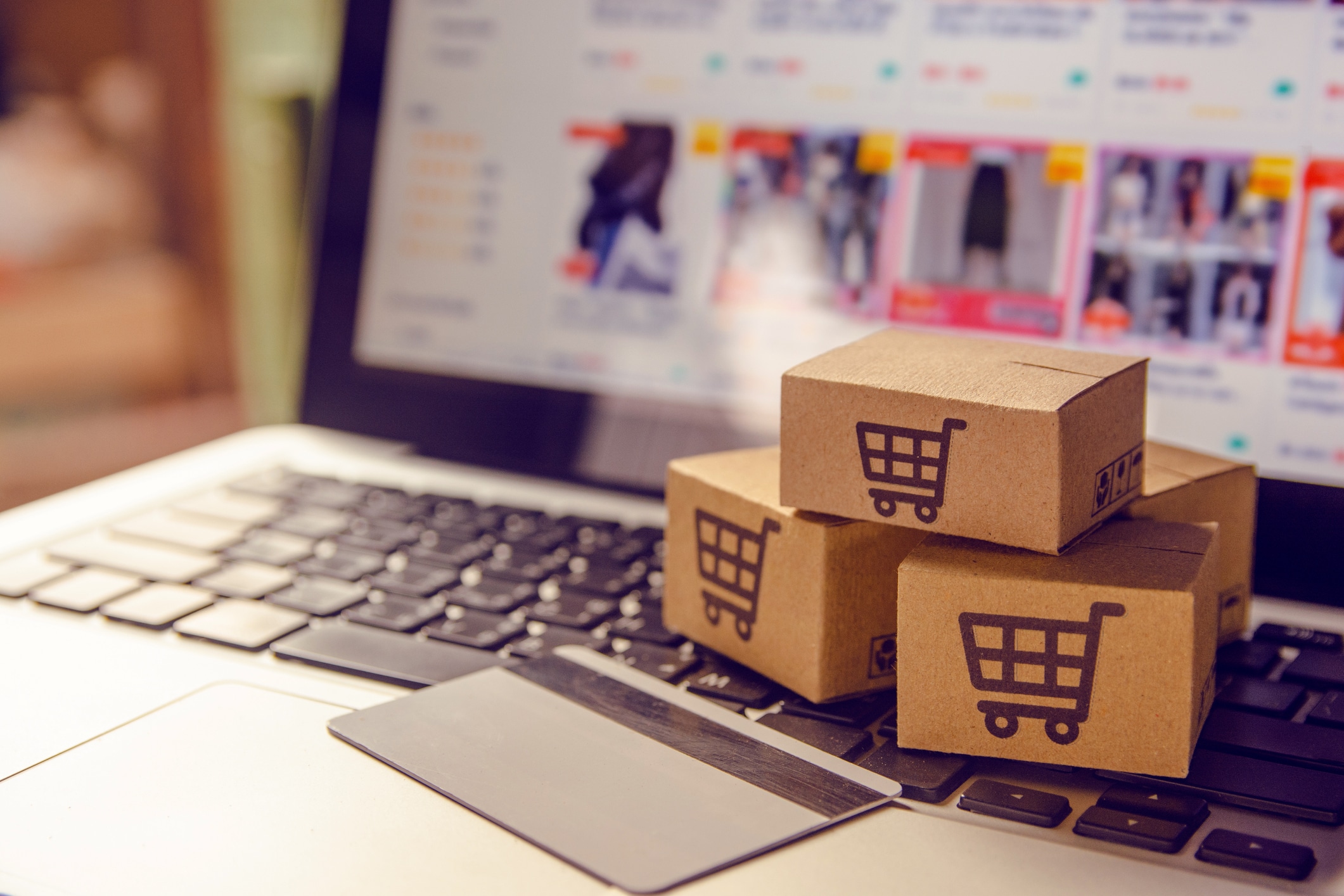By Bharat Kapoor, Vice President, Online Brand Protection, Authentix
The Asia-Pacific (APAC) region is home to more than half of the world’s population, nearly 60% of its internet users and a third of its GDP. The APAC region also represents the largest source of counterfeit goods in the world. China and Hong Kong serve as the main source countries for counterfeit goods, accounting for over 75 percent of all customs seizures globally.
Several other APAC countries also serve as significant counterfeiting hotspots. For example, India, Indonesia, Pakistan, Thailand and Vietnam are named in US Trade Representative (USTR) in either its Priority Watch List or Watch List. A significant volume of counterfeit sales now take place online, and many brand owners are devoting more resources to tackling counterfeit sales online than via brick-and-mortar stores.

The size and complexity of the APAC region make it difficult for trademark owners to comprehensively track and enforce IP violations. Nevertheless, a well-planned online brand protection strategy can tangibly reduce levels of online counterfeiting. This article provides a snapshot of a few best practices by Authentix Online Brand Protection , which represents some of the world’s largest brands.
Prioritising Online Marketplaces and Platforms
An effective online brand protection strategy targeting the entire APAC region typically involves scanning some or all of the following marketplaces — some global, some local, but all frequently targeted by counterfeiters:
- AliExpress
- Amazon
- Bukalapak
- Carousell
- Coupang
- DHGate
- eBay
- Flipkart
- Indiamart
- Lazada
- Pinduoduo
- Pandabuy
- Taobao
- Temu
- Shopee
- Snapdeal
- TikTok/Douyin
- Tokopedia
- WeChat/ Weixin
It is important for brand owners to use sophisticated software and AI tools when searching for counterfeit listings, as counterfeiters often evade search tools on online marketplaces by using deceptive keywords and images.
Brand owners will also benefit from human expertise when reviewing the data, which can provide important strategic advice to brand owners on the best route for takedowns. For example, for a young fashion brand, a single rogue seller on YouTube or TikTok promoting counterfeit products on live streams or on their profile may inflict greater harm than multiple listings of the same product on online marketplaces. In such scenarios, the Authentix Online Brand Protection team would be able to provide valuable insights into the popularity of the seller, levels of engagement with consumers, and product reviews (that a simple search tool would not reveal).
Human expertise is also useful when carrying out test purchases. Such transactions often involve interactions with rogue sellers on social media platforms. Valuable intelligence can be gathered using such chats. In addition to online marketplaces, brand owners should also search for standalone websites selling counterfeit goods. Such websites may be taken down using a variety of methods.
Failings of Online Marketplaces: An Analysis of USTR Submissions
Trade associations representing brand owners have consistently submitted to the USTR that online marketplaces are failing to do enough to prevent counterfeiting. Conversely, online marketplaces tend to dispute or evade these criticisms. The most recent set of submissions to the USTR, in late 2022, again demonstrates this. For example:
-
- WeChat/Weixin was criticized for being ‘overly bureaucratic’, ‘time- consuming’ and ‘often ineffective’ takedown process.
- Alibaba.com faced criticism that included ‘an ineffective repeat infringer system’; a tendency to demand ‘burdensome documentations’; and demands for ‘very detailed comparison reports’ from brand owners.
- AliExpress.com faced criticisms that included poor compliance with takedown notices; ineffective seller vetting mechanisms and controls against repeat infringers; insistence on excessive documentation; and the frequency of misleading keywords and hidden links.
- Taobao was criticized for poor compliance with takedown notices, as well as insistence on excessive documentation.
- DHGate was criticized for ‘high levels of recidivism’; inadequate seller vetting and disciplinary processes; and a flawed ‘premium’ seller system (which potentially allows counterfeiters to register as premium sellers, by simply paying a fee, and evading IP monitoring).
- eBay was criticised for having a ‘lax repeat infringer policy’ and for becoming ‘a haven’ for counterfeiters of certain brands.
- Facebook and Instagram was criticised for a lack of pro-active monitoring for counterfeit products; weak vetting of sellers; inadequate action against repeat infringers; ineffective and hard-to-use IP tools; requirements for excessive documentation; and the inability to prevent misleading hashtags.
What Can Brand Owners Do?
Brand owners will inevitably face a degree of pushback from online marketplaces. Rather than be discouraged, it is advisable for brand owners to use every avenue possible to elicit cooperation from marketplaces. This includes:
-
- Approaching platforms in cases of unsatisfactory responses to complaints.
- Advocating for copyright and IP enforcement through trade associations to hold marketplaces accountable.
- Setting up consistent monitoring technologies to scan these marketplaces. AI-powered searches covering all the major marketplaces, platforms and digital networks can help ensure nothing slips through the cracks.
- Using every avenue to conduct product takedowns through online marketplaces and apps.
- Ensuring legal documentation is in order and you also have trademark or copyright registration in various countries in the Asia Pacific region to work with the apps and marketplaces and make takedowns easier.
- Working with an online brand protection team well versed in the legal standards and policies of countries in the Asia Pacific region.
- Having a customized online brand monitoring strategy that is tailored to your products and industry. A one-size-fits-all monitoring solution can often leave large gaps in coverage and fail to prioritize your biggest challenges.

Benefits of Authentix Online Brand Protection
Authentix provides some of the world’s most recognizable brands with sophisticated online brand protection tools and services to address a broad range of online infringement and counterfeit risks. From global online surveillance and enforcement, online investigations and site takedowns, target verification, and even offline investigations, Authentix helps major brands proactively reduce the threat of unauthorized likeness use and IP infringement. Our online brand protection solutions combine innovative technological tools and expert analysis to reduce infringements for our clients on online marketplaces, social media platforms, and websites by up to 90%. If you’re curious how Authentix Online Brand Protection can help protect against intellectual property infringement, schedule a consultation with our brand protection experts.
Bharat Kapoor, Vice President, Online Brand Protection, Authentix
Formerly the CEO of Strategic IP Information Pte, now a part of Authentix, Bharat has been focused on building effective global brand protection programs for over 250 brands across sectors such as fashion, FMCG, pharma, cosmetics, sporting goods wines, and spirits. He has led the development of the best-in-class machine learning-based online brand protection technology and developed effective global teams to investigate counterfeiting and piracy on the ground in China, Asia, and Latin America. Bharat Kapoor has a B.A. Honors from the University of Technology, Sydney. Prior to joining SIPI, he was an Associate Director at Ernst & Young India, where he led the business development and advisory services program for companies operating in the media, e-commerce, and advertising sectors.
